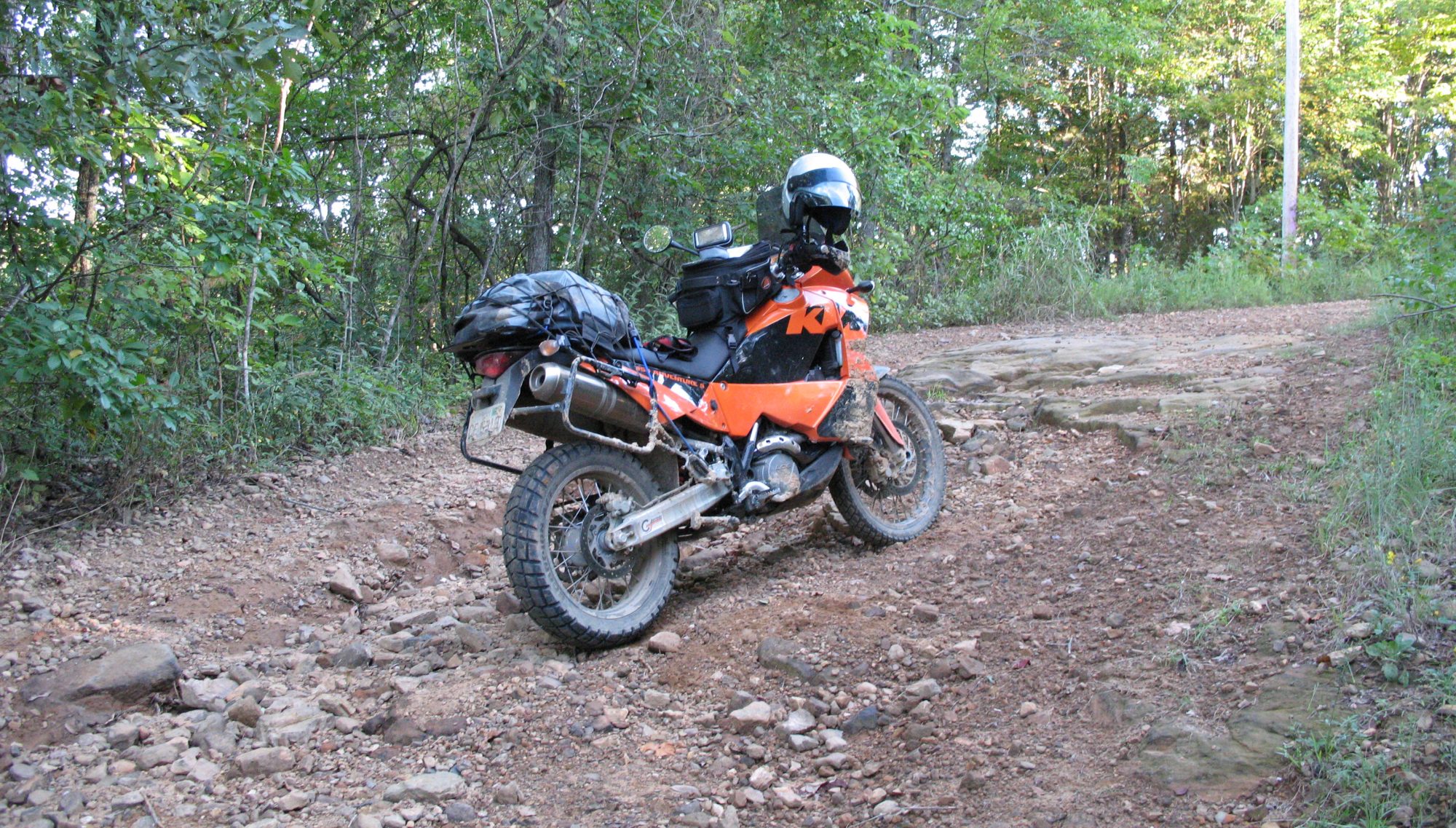If you’ve been following along, you know that I purchased a tractor with a loader and a bush hog, and a 20 foot flatbed trailer. After doing some reading, I found that my trailer needs some equipment to meet the federal requirements. And to pull the trailer with my truck, it needs some additional equipment as well.
For the truck, I need to add a brake controller. I’ve never had a trailer with brakes before, so I didn’t need this until now. To connect the trailer and activate the brakes, I also need a 7 pin connector. Right now, I only have a 4-pin connector that handles trailer lighting only.
I decided to replace/upgrade the trailer lighting by replacing the existing two clearance lights with LED versions, and while I’m at it I’m also adding two additional clearance lights on each side. Now there will be a total of six clearance lights on the trailer – two at the front corners, two in front of the fenders, and two behind the fenders. Also, the running, turn, and stop lights at the back will be switched out for LED versions.
Surprise #1 – because my trailer is more than 80 inches in width, I need 3 red lights in the middle at the back of the trailer. Because the ramps hook into the channel at the back of the trailer, I’m not yet sure where I can place them. Under the channel won’t work very well, because the trailer is fairly close to the ground and if it bottomed out on the ground, those lights would be history. I’ll see what I can come up with for them.
Surprise #2 – it is required that trailers with electric brakes have a breakaway system, that applies the brakes if there is a catastrophic disconnect from the towing vehicle. Basically it is a small battery that connects into the brake wiring, with a switch that is held in the off position by a pin. The pin is connected to the towing vehicle by a cable and if the trailer disconnects, the pin will be pulled (turning the switch on) and the battery will energize the brakes and stop the trailer.
The breakaway regulation went into effect in 2005 and my trailer was made in 2017, but it didn’t have the breakaway system installed. And my trailer didn’t grow in width because of excessive calories in it’s diet, so I don’t know why the required center lights weren’t installed. I’m not sure how that is possible. It’s like selling a car without the required brake lights.
But I’ll get all of this in place so the trailer is legal and safe. If a friend hadn’t mentioned the breakaway requirement I would never have known. I was searching for lighting requirements, not for braking system requirements.
Folks, make sure your trailers are safe and legal. Don’t wait until there’s an accident and find out that you don’t have the required equipment on your trailer. That could turn out to be an expensive lesson.
